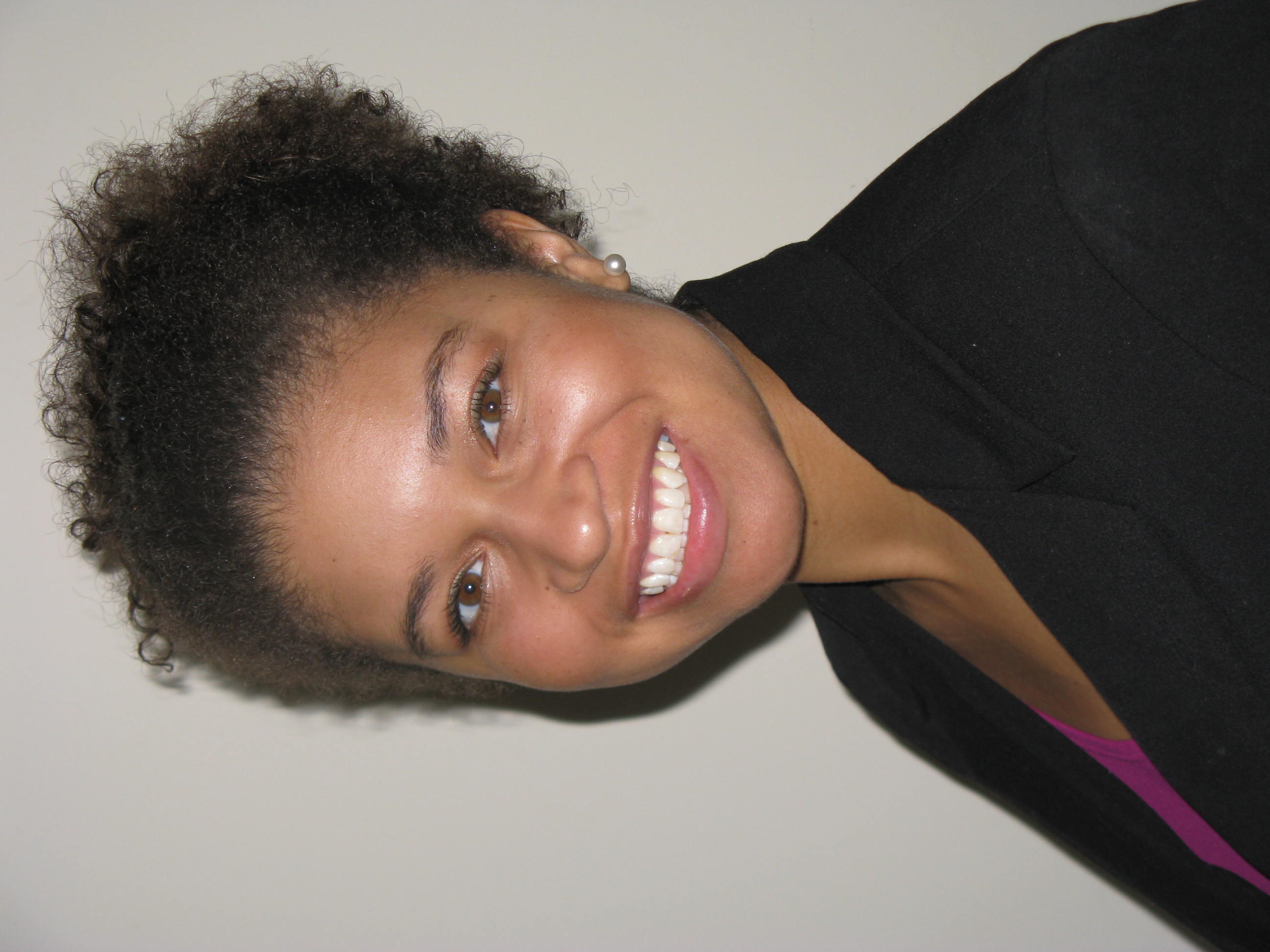
Conventional & Creative Ways to Study the Interfacial Chemistry of Polymer Materials
Dr. Michelle K. Gaines
Assistant Professor, Spelman College, Department of Chemistry & Biochemistry
ABSTRACT
Microgels and hydrogels have expanded the field of soft matter. They have been built into materials for cosmetic products, biomaterials, food packaging and additives, and oil refinement. In our lab, we synthesize microgels and hydrogels to develop biomaterials from polymers that are highly sensitive to external stimuli, such as pH, temperature, or ionic solvent content. These external factors induce drastic changes to their phase behavior and cause them to reversibly change volume by absorbing and releasing the aqueous solvent that they are swollen in. Hair is a natural polymeric composite material and is one of the key characteristics that classify us as mammals. Much like our bodies, our hair tresses need water and nutrients to maintain hair health and appearance. The inner cortex of each of our hair fibers is composed of tight bundles of keratin protein. Very much like synthetic microgels and hydrogels, these natural protein keratin bundles and highly responsive to external stimuli, and they also absorb and expel water according to changes in the pH, temperature, and ionic solvent content. This presentation illustrates how our lab uses stimuli responsive microgels and hydrogels to create tunable 3D-biocomposite cell scaffolds to study malignant cell behavior. The presentation will also include a discussion on how we use the principles that dictate the material properties of hydrogels to analyze the surface chemistry of textured hair. Our work involves applying chemical and biochemical concepts to answer material science related research questions that a relevant to society and culture.